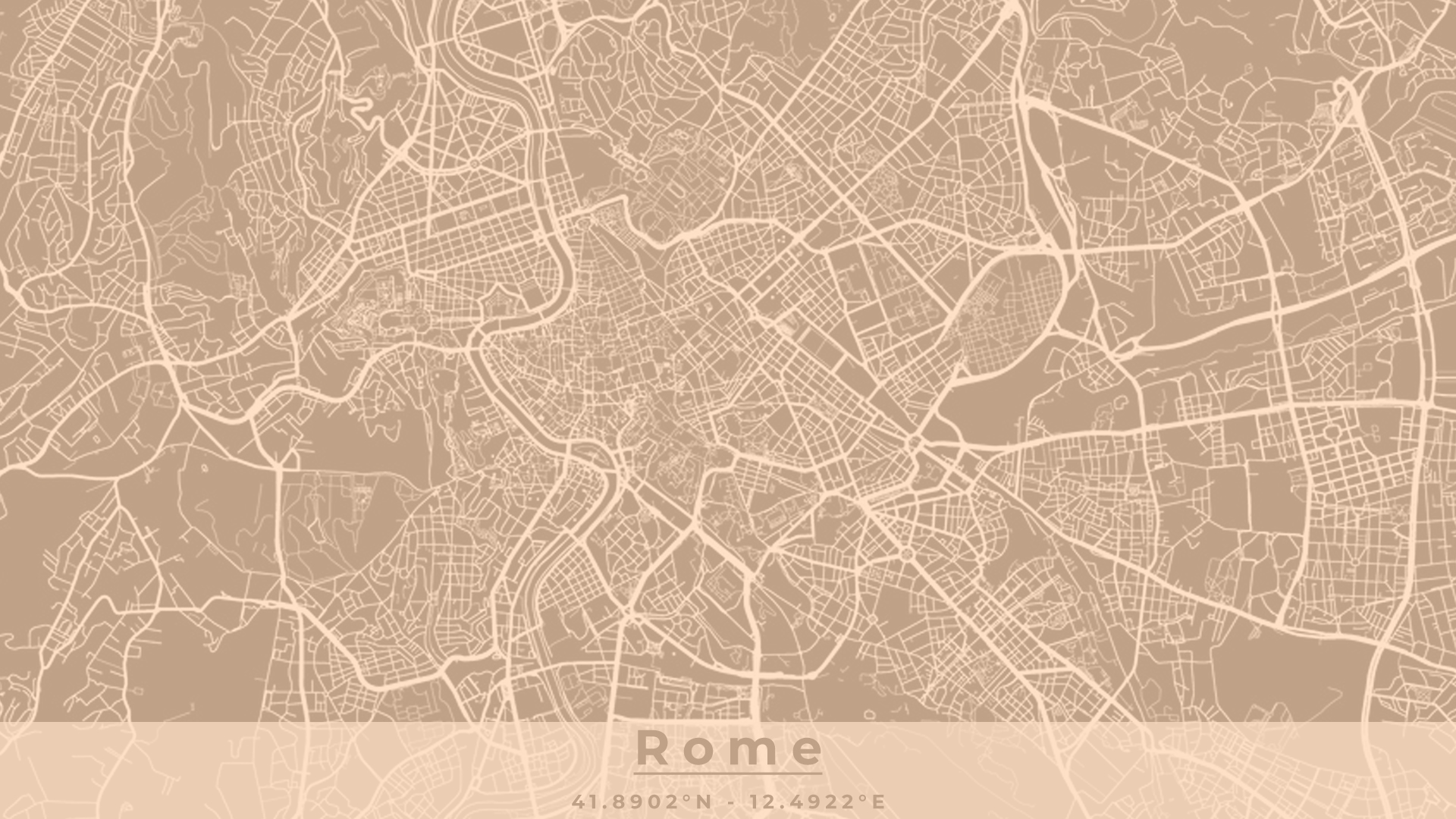
My grandfather was arrested for wearing a pair of jeans. This was quite normal at the time under the communist regime in Romania. The limited freedom was one of the reasons why I emigrated to the Netherlands with my mother at a young age. To most people, I sound and look like any other Dutch person. But I will never forget how it feels to feel “different” in a new country where you don’t know anyone and don’t speak the language.
Like my mother, there is a large number of migrants working in the Netherlands. The area that makes up the present-day Netherlands attracted a large number of migrants as early as the 16th century because of its economic prosperity and cultural and religious tolerance. Today, the Netherlands is a multicultural society. A recent study by the CBS showed that 189 different cultures live together in the Netherlands. Furthermore, 25.2 percent of the population has a migration background. These migrants have to deal with a large number of new rules and laws. Questions may arise such as what to pay attention to in international labour relations, in which country the international employee has to pay taxes, and where to take out insurances.
The Rome 1 Regulation
The answer to these questions can be found in the Rome 1 Regulation which entered into force on 17 December 2009. This regulation relates, among other things, to employment contracts.
The application of the Rome 1 Regulation to employment contracts
The provisions of this Convention apply to contractual obligations in cases where a choice has to be made between the laws of different countries by virtue of Article 1 paragraph 1 Rome 1. The main rule of this Regulation is, by virtue of Article 3 Rome 1, that the law of the country in which the work is habitually performed is applicable. This ensures that the law of another country cannot be chosen if it is, for example, less favorable to the employer. The criterion of the “country of habitual employment”, based on article 8 paragraph 2 Rome 1, means that it is the country where or from where the employee performs the main part of his obligations towards his employer.
The application of the Rome 1 Regulation within international sectors
The application of the regulation becomes difficult when the work is performed in multiple countries. Think about truck drivers, airline staff and employees in the tourism sector. In these cases, the elements that are characteristic for the work must be taken into account.
- In which country the employee performs the work.
- In which country the employee receives instructions for his/her assignments.
- In which country the work instruments are located.
- The country in which the work is mainly carried out.
- In which country the employee returns after working.
In short: An international employee must therefore pay tax and take out insurance in the country where the work is carried out.
Do you need help?
Are you looking for a specialist who really understands your situation? Do you need help with immigration law and/or labour law issues? Contact AAme at legal@aame.nl!